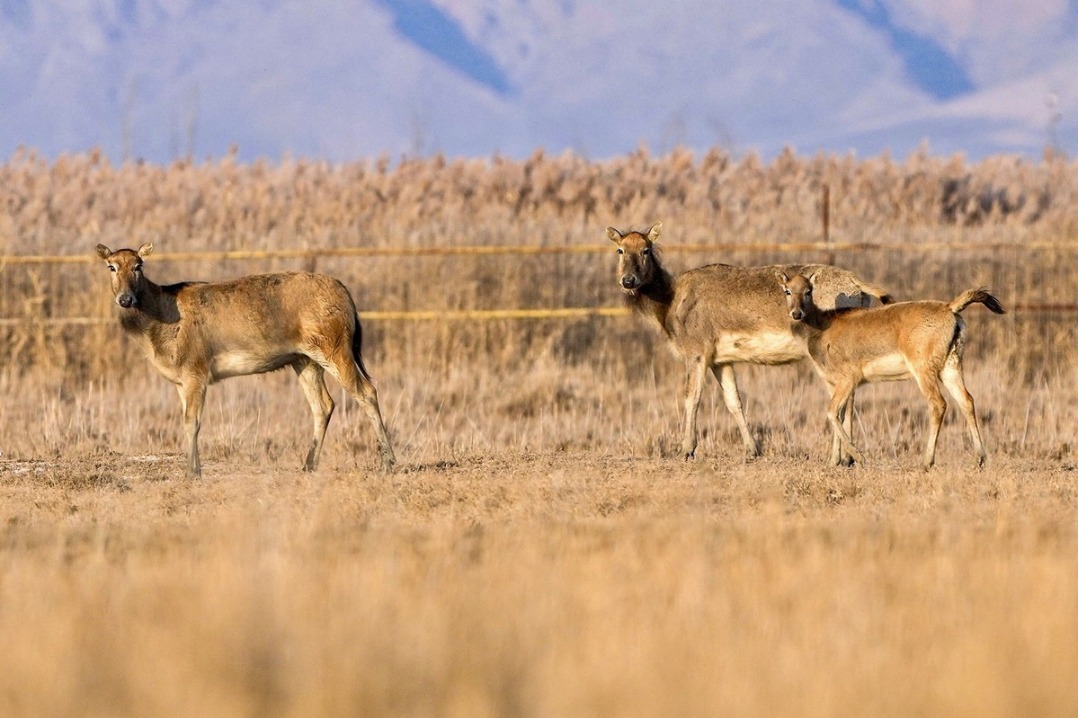Wetland becomes more habitable place for birds


SHIJIAZHUANG-Spiraling down to the wetland, dozens of white spoonbills began to dance elegantly or perch leisurely in the shallow puddles of Beidaihe wetland in the city of Qinhuangdao in northern China's Hebei province.
With temperatures falling, migratory birds including black-tailed gulls, pied avocets and common terns begin their long journey, heading south to spend the winter. Beidaihe is one of their favorite stopover sites along the route.
As an important hub on the migratory path between Siberia and Australia, Beidaihe welcomes large numbers of birds every year during the spring and autumn migration seasons.
"The wetland has witnessed the frequent appearance of seagull flocks this year and I have captured the scene with my camera more than once," said Hu Xiaoyan, a local birdwatcher with nearly 10 years' experience.
"It shows that years of effort in environmental protection are paying off."
Hebei, where economic development was dependent on heavy industry, was always affected by pollution. But now, habitats for both people and animals are improving as the local government speeds up the upgrading of its industries and develops tourism as a new economic engine.
- Large dolomite deposit discovered in Gansu
- Smart technology-aided delivery aiding China's online shoppers
- China focused on creating high-quality jobs for university graduates
- Guangdong's GDP leads the nation during 14th Five-Year Plan (2021-25)
- Xi congratulates Samia Suluhu Hassan on assuming presidency of Tanzania
- Newly launched intl alliance to safeguard plant biosafety, food security




































